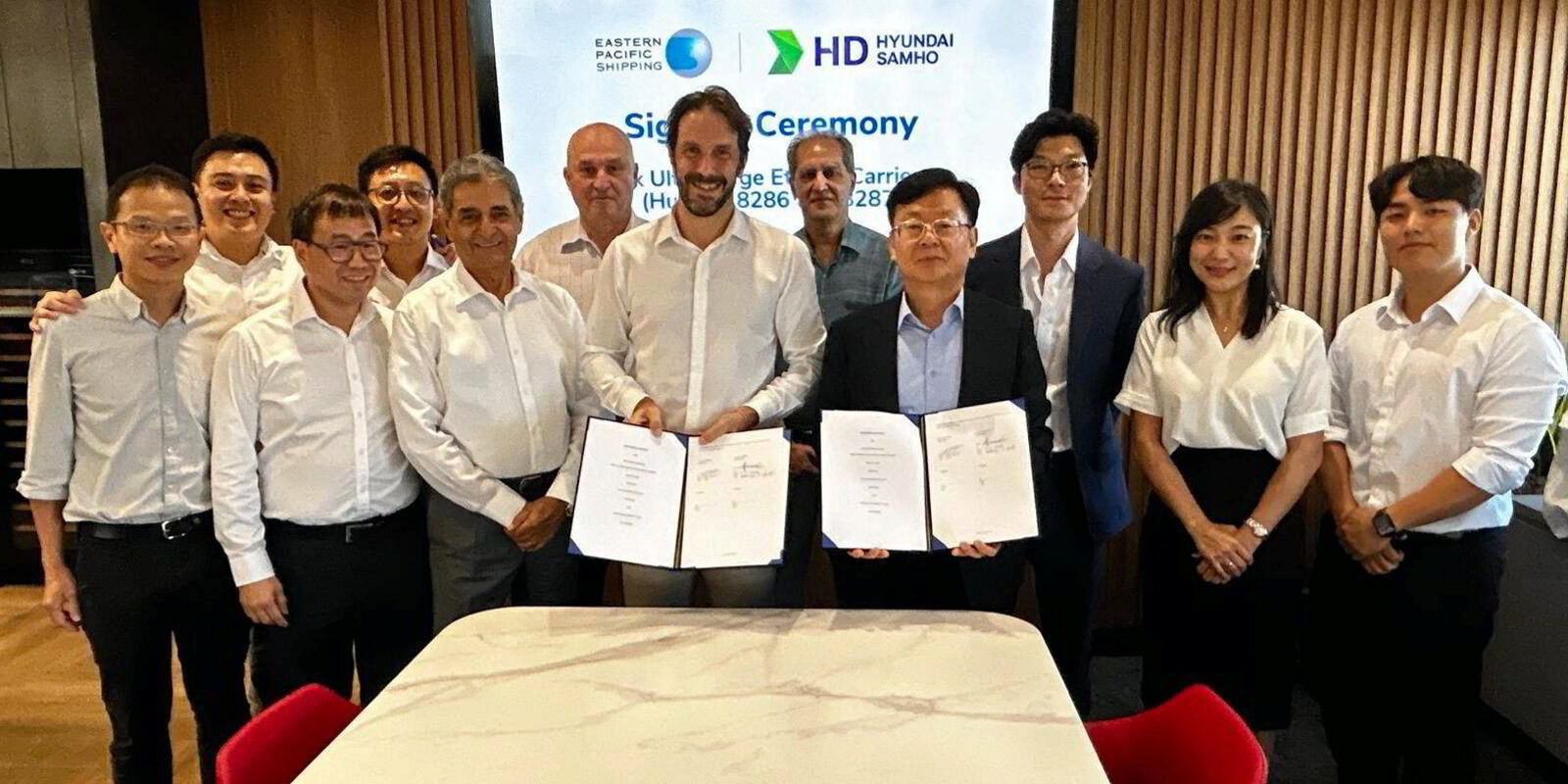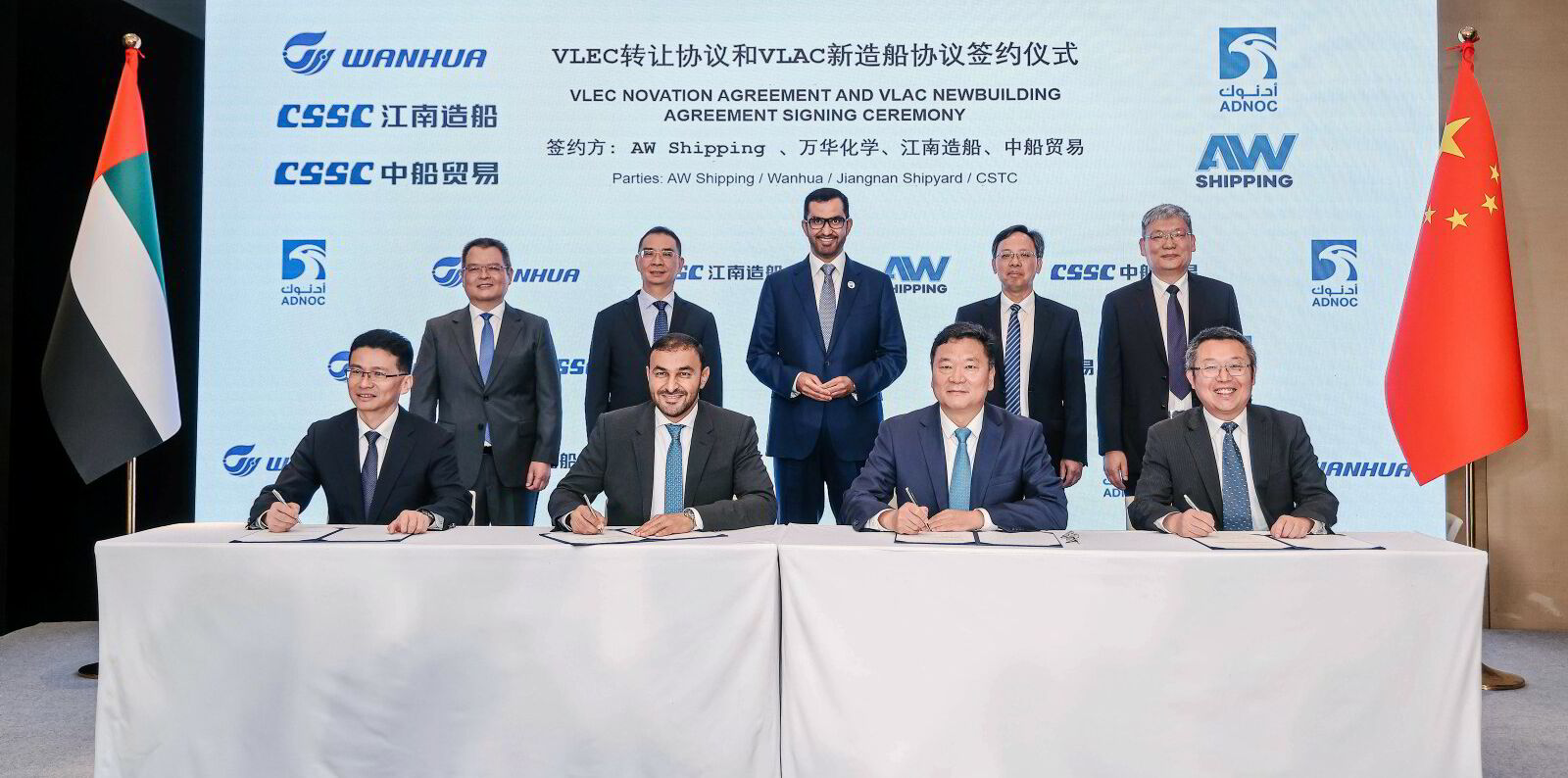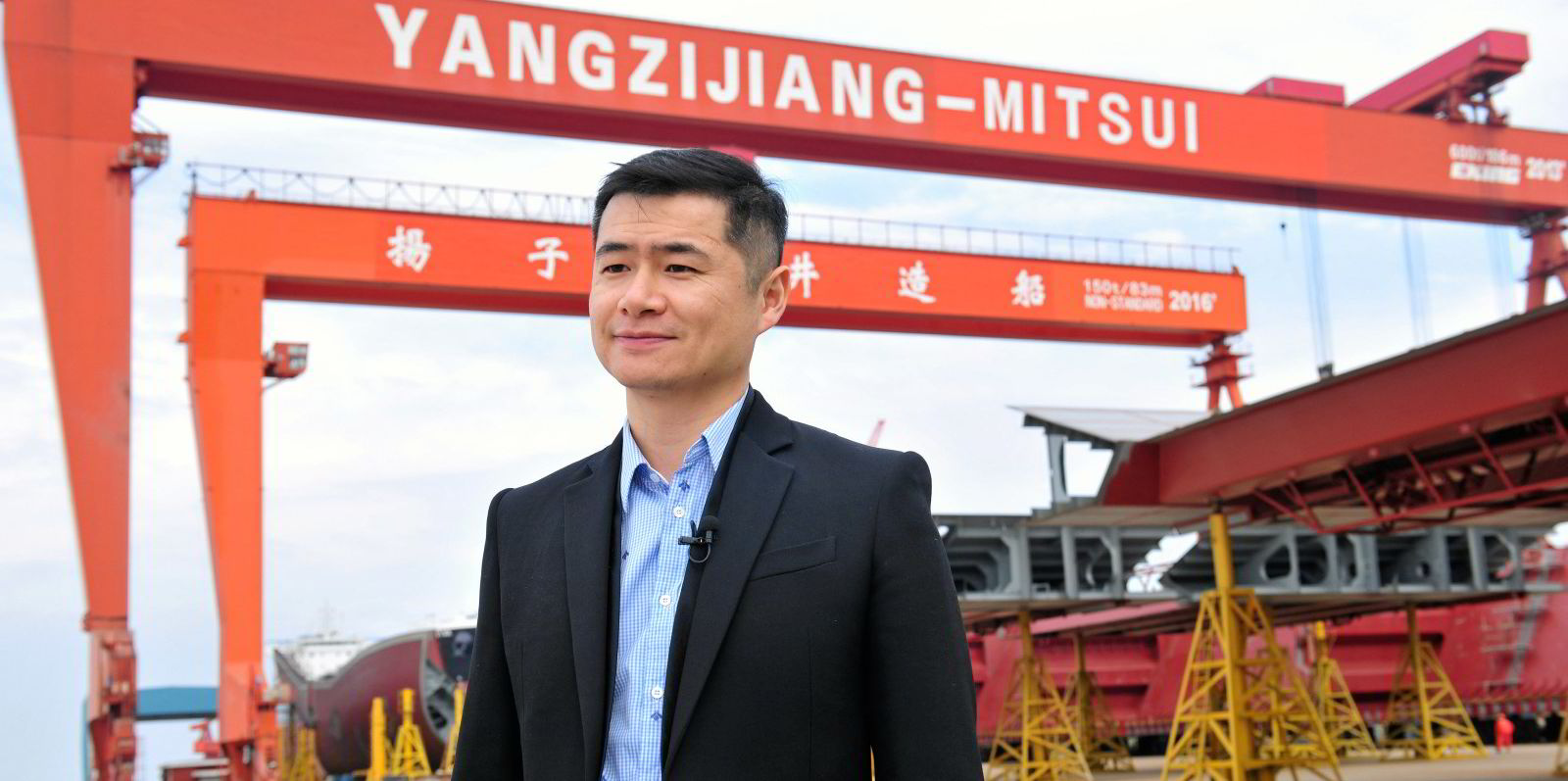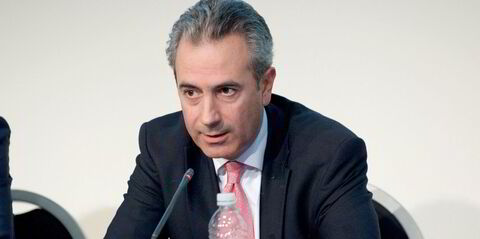There is a new breed of ethane carrier coming to town and interest is growing in the supersized versions of these as the trade in the commodity expands.
So often an early mover, Idan Ofer’s Eastern Pacific Shipping is the first to go big on ethane carriers.
The shipowner has booked eight ultra-large ethane carriers of 150,000 cbm, priced at approximately $200m each, from two shipyards in China and South Korea.
These vessels are supported by 15-year charter agreements with Chinese importer Satellite Chemical.
But the shipowner is unlikely to be the last to test these larger size ranges.
TradeWinds has learned that one big-name Middle Eastern energy company is also said to be making early-day enquiries about ULECs.
There are also at least two South East Asian buyers in the market for very large ethane carrier newbuildings.
So why the interest and is it justified?
The ethane shipping sector has been building out.
It is seven years since the first VLECs made their appearance.
As of today, Clarksons’ Shipping Intelligence Network database lists 60 vessels on order, including 52 VLECs and the recent eight ULECs, with delivery dates extending into 2027.
There are already 27 in operation, typically ranging in size from about 84,000 cbm to nearly 100,000 cbm.
Ethane is produced as a constituent of the natural gas stream and is mainly used as feedstock to produce ethylene, which is then processed into polyethylene, the most common form of plastic.
The product is denser and heavier than LNG but is transported at a higher temperature of -93C.
As a result, ships can be designed with greater flexibility, allowing them to carry other types of cargo.
The VLEC emerged for long-haul trades such as those from the US to China and India but as the trade matures there has been a push to increase the volumes lifted.
French membrane-type cargo containment system designer GTT claims to have pioneered the ULEC design, proposing the idea to owners as a way of bringing down unit freight costs.
Upsized ethane carrier
GTT kicked off a study in 2020 to come up with a design of an upsized ethane carrier that could still call at US terminals, including those with restrictions on vessel sizes.
The result was a 274-metre-long ship with a beam of 42 metres but a draught of no more than 12.2 metres. This allows them to access the Nederland, Morgan’s Point and Marcus Hook export terminals and gives them the ability to transit the Panama Canal.
GTT argues that its membrane-type cargo tanks are lighter, allowing vessels access to the draught-restricted facilities like the Nederland terminal, and offer a lower boil-off rate to its main rival for this ship type — the IMO Type-B high manganese steel tanks favoured by Chinese shipbuilder Jiangnan Shipyard.
The world’s first eight ULECs will feature membrane-type tanks that are LNG-ready. But the design battle is likely to remain in play for future newbuildings.
So far, ethane trade exports have been almost entirely limited to US production, which has tripled in the last 10 years.
Figures from the US Energy Information Administration show that it reached a record 3m barrels per day in May 2024. Some 56% of US production takes the long-haul route to China — 1.4 mtpa or 45% — and India.
The US has also been growing its export facilities.
In turn, China has been building up its ethylene production and import terminal infrastructure.
Since 2021, China’s Satellite Petrochemical has launched ethylene production at two new ethane crackers, driving up domestic demand for ethane. TradeWinds has learned that Wanhua Chemicals’ Fujian terminal is planning to upgrade its jetty capacity to accommodate ULECs.
West Asia expansion
This year, Middle East players joined the ethane rush with Adnoc Logistics & Services and Chinese partner Wanhua Chemical Group’s joint venture AW Shipping ordering a slew of nine VLECs costing around $1.4bn in total in China.
Abu Dhabi’s state energy company, Adnoc, is building out its global trading capabilities.
This week, Adnoc Gas said one of three large developments it is focused on delivering by 2029 will be its Maximisation of Ethane Recovery and Monetisation project, which will deliver up to 3.4 mtpa of ethane and natural gas liquids production capacity.
Brokers said ethane is likely to remain a niche sector but for now a rapidly expanding one.






